Accepts Responsibility for Choices and Actions
What does “Accepts Responsibility for Choices and Actions” mean?
This skill is about a child showing ownership over what they say and do. When children learn to take responsibility for their choices and actions, they are able understand that no one else is to blame for what they say or do. They admit their mistakes and accept the results of their actions. This skill is important because it shows that children are learning that they are in charge of how they act.
What does this skill look like?
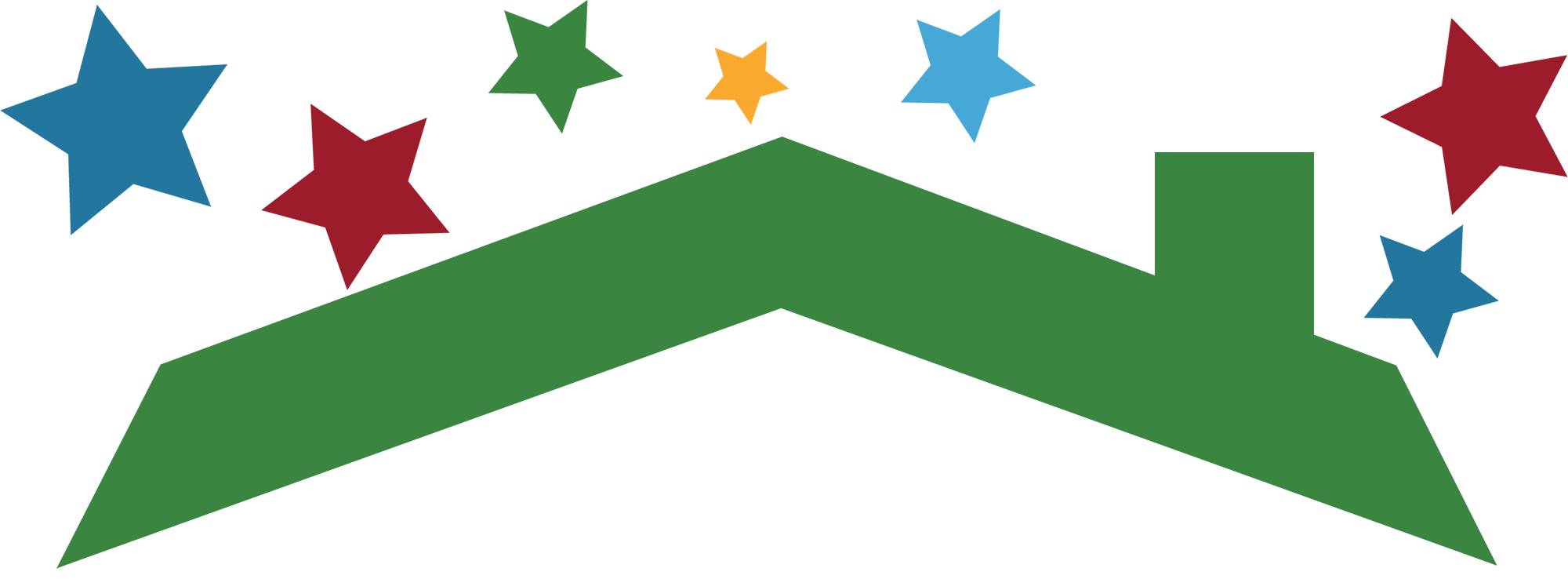
At Home
Darrius’s older sister, Mikayla, wants to draw, but she notices that a few of her markers are missing. She asks Darrius if he has the markers. Darrius admits that he played with the markers earlier but doesn’t know where he left them. Mikayla is upset and starts to cry. Darrius says he’s sorry and that he should have been more careful with Mikayla’s things. He says he will help her look for the missing markers.
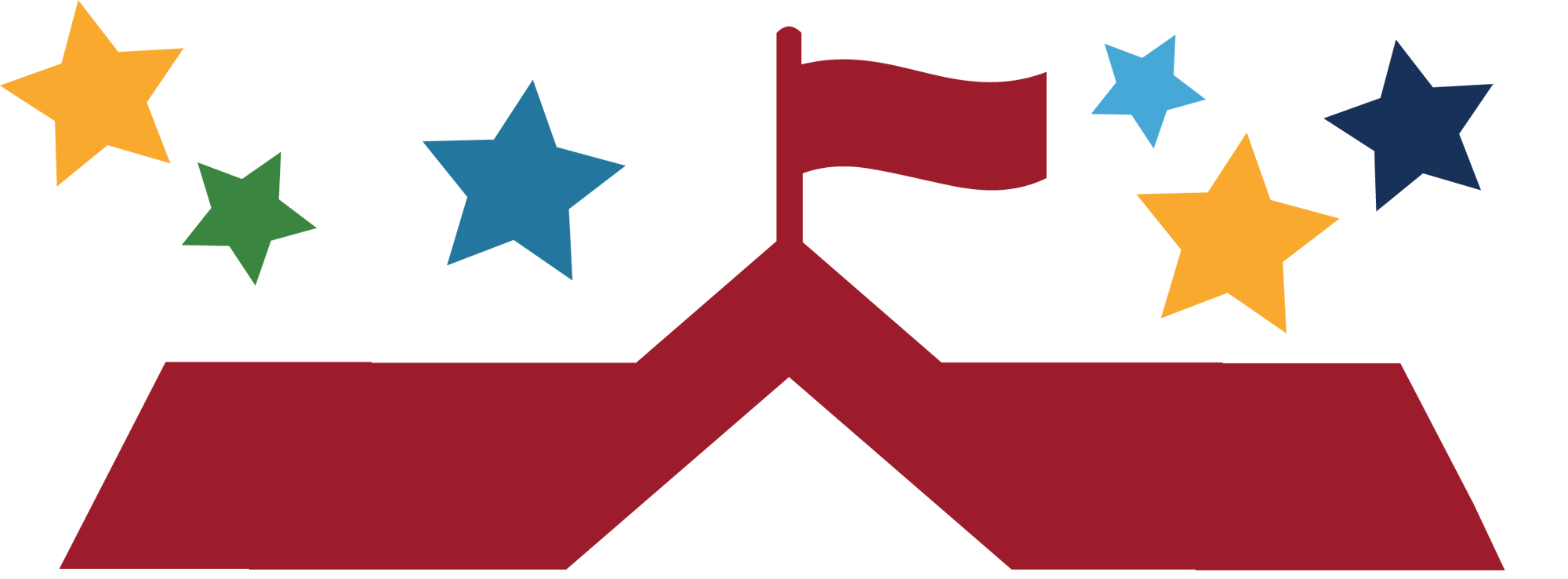
In The Classroom
During snack break, Tia finishes her crackers and leaves a mess at the table where she was sitting. Noticing the mess, Tia’s teacher asks who was sitting at the table. Tia realizes it is her mess, answers her teacher, and apologizes for not cleaning up. Tia then throws away her trash and cleans up the table before snack time ends.
 Children can see the value of “Accepts Responsibility for Choices and Actions” in the book:
Children can see the value of “Accepts Responsibility for Choices and Actions” in the book:
What If Everybody Did That?
For more information about this book and other books that highlight this skill, visit our READING LIST page.
TIPS FOR FAMILIES
How can I explain this skill to my child?
Let your child know that we all make mistakes. The most important thing to do when you make a mistake is to tell the truth and try to make it right. Talk your child through the following example. Pretend you are playing with your friend’s favorite toy and you break it. Your friend starts to cry, and an adult comes over to see what happened. You may be afraid to tell the truth about what happened because you might get in trouble. You may be afraid that your friend will be mad at you. You may want to say that it wasn’t your fault that the toy broke and find someone else to blame. But none of these things will make the situation better. The best thing you can do is admit your mistake, and say you’re sorry. Admitting your mistakes and apologizing can be hard, but it’s an important part of growing up!
What are some things I can do to help my child learn this skill?
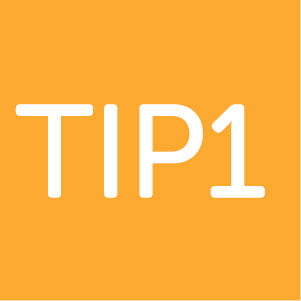
Model responsibility. Show your child that it’s OK to make mistakes, as long as you take responsibility for them. During your daily routine, talk through your mistakes out loud. Take responsibility for them and talk through solutions so your child can hear you. For example, if you forgot to buy your child’s favorite lunch snack for the week, you can say, “I forgot to buy your favorite snack at the store today. I’m sorry. I meant to get it for you, but I forgot. I will write myself a note so I don’t forget it next week, OK?” Showing your child that you make mistakes too helps them feel comfortable admitting they were wrong. Modeling how you take responsibility and try to fix the problem gives them steps to copy when they are trying to fix a mistake.

Be your own boss. It can be hard for children to accept responsibility for what they say or do, especially when others hurt them first. Children must learn that they aren’t in charge of what other people do or say to them. They are in charge of how they react to what others say and do. It is important for children to understand that they are always in control of their words and actions, even when they have big feelings that may feel out of control. Teach them that they are still responsible for themselves even when another child has made them angry or upset. Remember to remain calm and in control while you are helping your child take accountability for their actions. It is important that you model control of your own feelings, words, and actions so your child doesn’t feel scared or ashamed about admitting their mistakes or accepting the consequences for what they’ve done.

Responsibility chart. Show your child what it means to be responsible for the things they say and do. Create a “Y chart” that shows them exactly what responsibility looks, feels, and sounds like. Brainstorm examples of what responsibility looks, feels, and sounds like with your child. Write down their answers on the chart and hang it somewhere they can see it. When your child is not showing responsible behavior, remind them to look at the chart and think about how they can be responsible for what they say and do. Below is an example of a responsibility chart:
WHAT DOES IT MEAN TO BE RESPONSIBLE FOR THE THINGS YOU SAY AND DO?
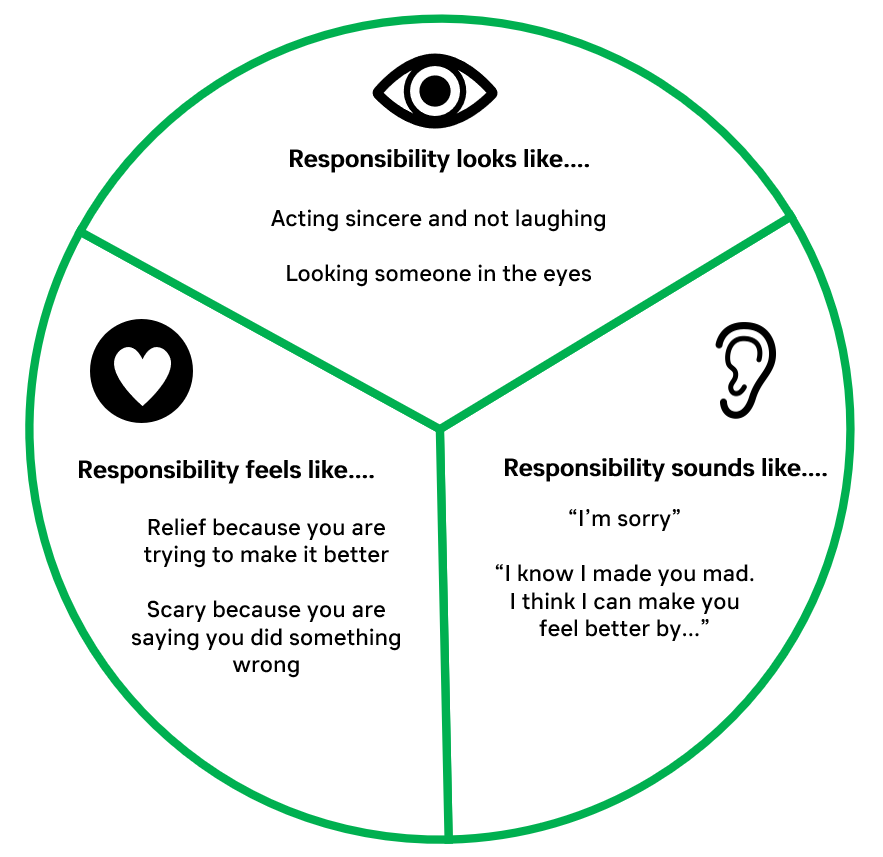

Help your child reflect. When your child breaks a rule and gets punished, it is important that they understand what they did wrong, what the consequences are, and what they can do to fix the problem. When your child makes a mistake, help them think through these things by asking them questions like the ones below. Remember to try and stay calm and neutral when asking these questions so your child doesn’t feel ashamed or scared about their mistake.
- Can you tell me what you did that wasn’t the best choice?
- How do you feel about the choice you made?
- How do you think your choice made the person you hurt feel?
- What are some other choices you can make next time?
- What do you want to say to the person you hurt?
- Is there anything you can do to make it better?

Turn responsibility into a game. To keep responsibility from feeling like a chore, try turning it into a game. At the start of each week, give your child five points. Every time your child blames someone else for something they have done or tries to make an excuse for a mistake, they lose a point. The goal of the game is to get through the week without losing all your points. Your child can also earn a lost point back each time you see them take responsibility for their actions and apologize for their mistakes. If your child makes it to the end of the week and still has at least one point left, give them a reward, like a trip to the park or an extra story at bedtime. As your child gets better at learning to accept responsibility for things, you can lower the number of starting points each week to make the game more challenging.
How can I encourage my child when I see them trying to learn this skill?
Acknowledge your child for their efforts! For example, tell your child, “I think it’s great that you cleaned up the mess you made, Tia!” or “Darrius, you must be proud of yourself for taking responsibility for what you did and apologizing.” Click here for more ideas on how to encourage your child.
TIPS FOR TEACHERS
How can I explain this skill to children?
Let children know that we all make mistakes. The most important thing to do when you make a mistake is to tell the truth and try to make it right. Talk children through the following example. Pretend you are playing with your friend’s favorite toy, and you break it. Your friend starts to cry, and an adult comes over to see what happened. You may be afraid to tell the truth about what happened because you might get in trouble. You may be afraid that your friend will be mad at you. You may want to say that it wasn’t your fault that the toy broke and find someone else to blame. But none of these things will make the situation better. The best thing you can do is admit your mistake, and say you’re sorry. Admitting your mistakes and apologizing for them can be hard, but it’s an important part of growing up!
What are some examples of best practices from educational experts and fellow teachers?

Connect the dots between actions and consequences. To help children understand that their actions have consequences, they need to understand the idea of cause and effect. It can sometimes be hard for young children to understand how one thing affects another. To help them learn the idea of cause and effect, talk them through actions and consequences that you see. For example, if the class is struggling to line up quietly at the door for lunch, you can say, “We are not lining up quietly at the door in time for lunch. Because of that, we will be late and have less time to eat our food.” Or, if they worked hard on a class art project, you can say, “Because you all worked really hard on this art project, we now have something beautiful to hang in our classroom!” You can also encourage them to think through cause-and-effect situations by saying things like, “What do you think might happen BECAUSE it was raining this morning?” Or, “Michael shared his snack with a friend. What do you think might happen because he did that?” This helps children begin to start tying cause and effect to their actions so they can better think through and understand the consequences of what they say and do.

Model self-control. It is important for children to learn that they are in control of themselves, even when others make them angry or upset. The best way to show children that they have control over their actions is to model self-control when they have done something wrong or have upset you. For example, if a child throws something across the room, instead of getting angry and yelling at them, you can model self-control by approaching them calmly and talking to them about what they did and why it wasn’t the best choice. It is especially important that the child doesn’t feel scared or ashamed about admitting their mistakes or accepting the consequences for what they’ve done. By approaching them calmly and neutrally, you can help them feel safe in accepting the consequences of their actions.

Responsibility chart. Show children what it means to be responsible for the things they say and do. Create a “Y chart” that shows children exactly what responsibility looks, feels, and sounds like. Brainstorm examples of what responsibility looks, feels, and sounds like with your class. Write down their answers on the chart and hang it somewhere in the classroom where they can see it. When a student is not showing responsible behavior, remind them to look at the chart and think about how they can be responsible for what they say and do. Below is an example of a responsibility chart:
WHAT DOES IT MEAN TO BE RESPONSIBLE FOR THE THINGS YOU SAY AND DO?


What does it take to fix a mistake? Four steps! When children make a mistake, it is helpful for them to have a process for owning up to the mistake and trying to fix it. Talk to your class about the four steps they can take to admit a mistake and make it better. Create and display a chart like the one below to help them remember the four steps. It can also be helpful to walk children through these steps one at a time when they are struggling to accept responsibility for something they have done.
The Four Steps It Takes to Fix Your Mistakes
Steps to Solve the Problem
Questions to Ask Myself
Step 1: Figure out what I did and why
What did I do wrong?
Was I angry or upset?
Was it an accident?
Step 2: Figure out how it affected others
How did my mistake make others feel?
How would I have felt if that happened to me?
Step 3: Figure out how to make sure it doesn’t happen again
What are some better choices I could have made?
What can I do differently next time?
Step 4: Figure out how to make it better
What can I do to make the situation better?
Is there someone I need to apologize to?
What would make me feel better if someone did this to me?
How can I encourage children when I see them trying to learn this skill?
Acknowledge children for their efforts! For example, say, “I think it’s great that you cleaned up the mess you made, Tia!” or “Darrius, you must be proud of yourself for taking responsibility for what you did and apologizing.” Click here for more ideas on how to encourage children.
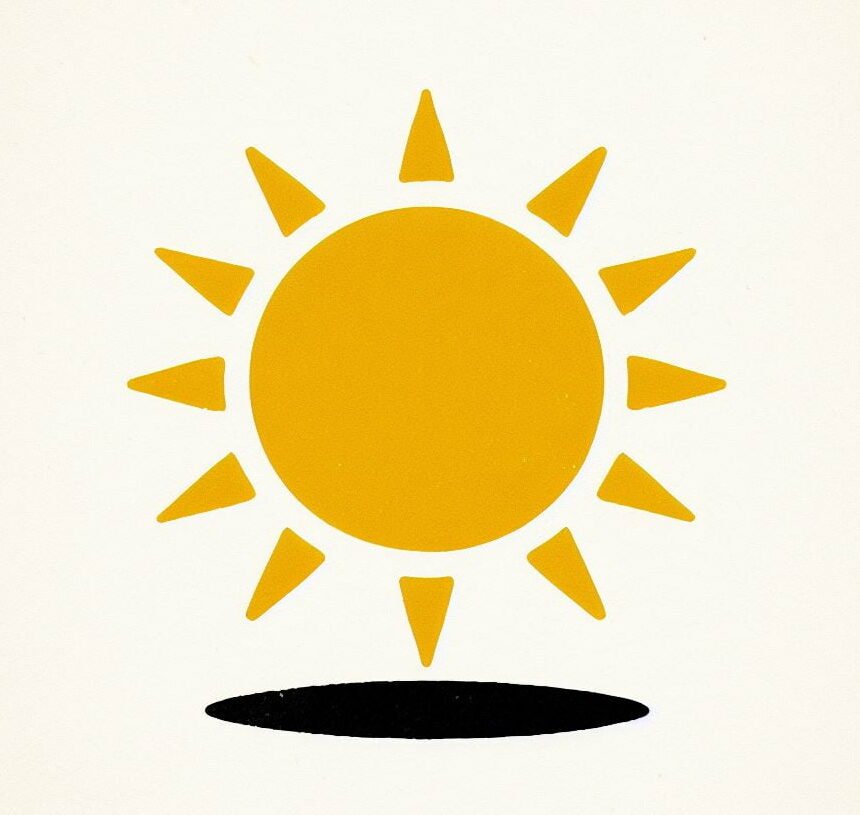
Start your morning with Conquering Kindergarten!
Hey teachers, want to incorporate Conquering Kindergarten into your community meeting each morning? Go to the district’s Community Meeting App to find ready-to-use slides highlighting this skill. Filter content in the app by Conquering Kindergarten or by a specific skill to get access to interactive and engaging slides tailored to the community meeting format.

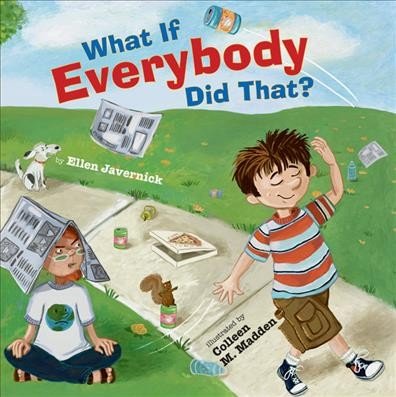 Children can see the value of “Accepts Responsibility for Choices and Actions” in the book:
Children can see the value of “Accepts Responsibility for Choices and Actions” in the book: